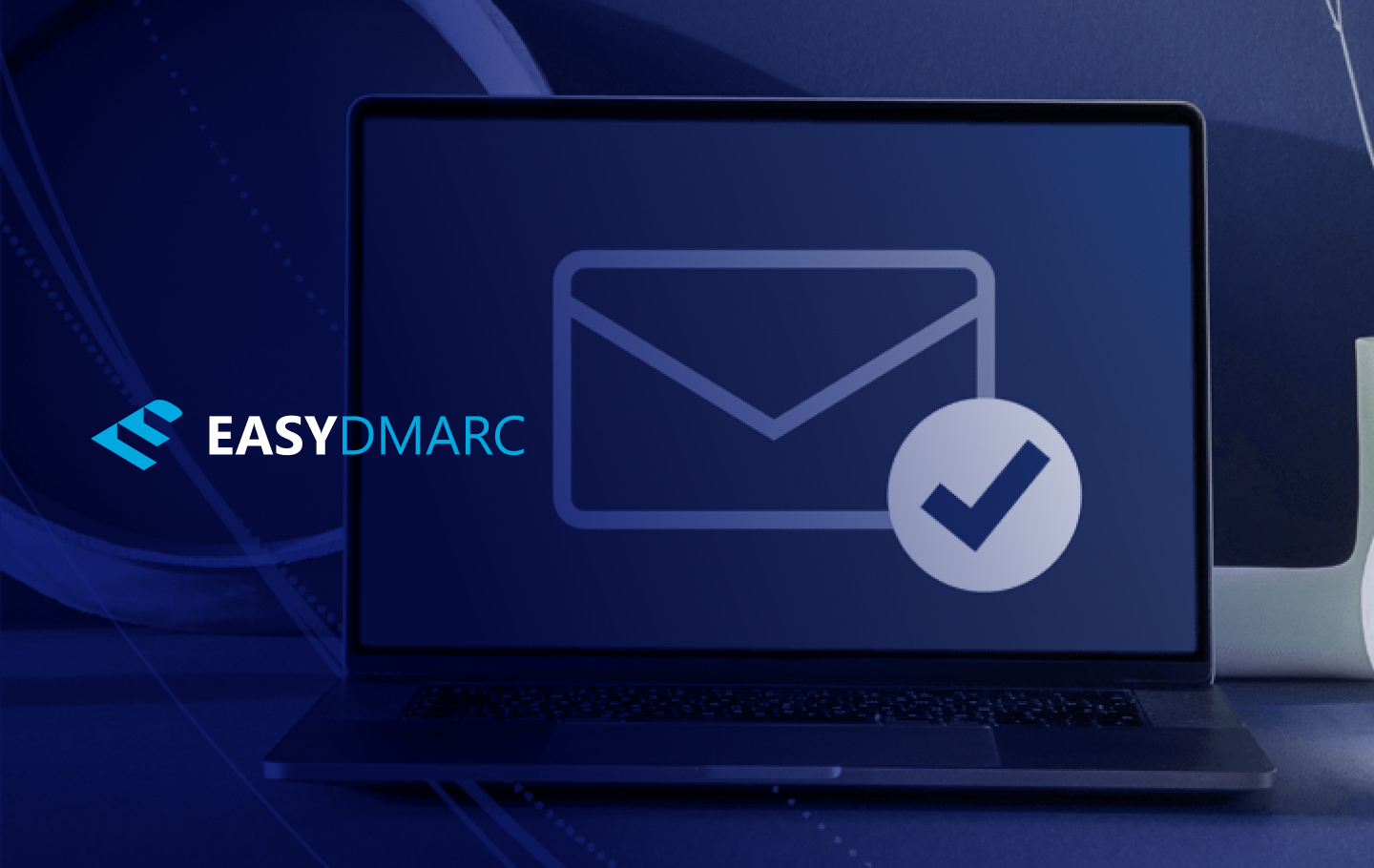DMARC, or Domain-based Message Authentication, Reporting, and Conformance is an email authentication protocol that protects your domain from spoofing and other phishing attacks. DMARC also has a reporting function to inform domain owners of unauthorized email traffic and IP addresses.
This protocol is based upon two existing standards, SPF and DKIM, to decide the authentication status of a message. Implementing a DMARC record generator offers several benefits, including better email deliverability, brand trust, and visibility. In this post, we’ll talk about the benefits of DMARC in your Domain Name System settings.
Secure Your Email Infrastructure Against Phishing and Spoofing
In the business world, the best and easiest mode of communication is email, which can put your business at risk if you don’t protect it. Organizations that depend on email communication should secure it against phishing and spoofing. Most spammers combine email spoofing with phishing tactics to deceive victims into giving up sensitive information.
Attackers use email spoofing to impersonate a reputable brand, making it difficult for receivers to detect phishing attempts. So organizations need to be on alert to mitigate these attacks.
With SPF, senders can delegate authorized servers to send emails on behalf of your domain. Here, you can list all IP addresses that can use your domain. On the other hand, the DKIM protocol allows you to add a signature to your message with a private and public key used by the receiving server to validate the message’s source.
DMARC leverages SPF and DKIM to prevent phishing and spoofing attacks by providing a way for receivers to reject emails from unknown sources. The protocol defines the guidelines to follow if a message fails authentication. With a DMARC policy enabled, you can tell recipient servers to do one of three options:
- Do nothing (p=none) – allow the unauthenticated message to be delivered.
- Quarantine (p=quarantine) – send the message to the recipient’s spam folder.
- Reject (p=reject) – Don’t send the message at all.
At EasyDMARC, we have different free tools you can use to check your DMARC, DKIM, and SPF configuration.
Stay on Top of What’s Going on in your Domain Environment
Cybercriminals are always looking for ways to impersonate reputable domains to trick victims. So you must know what’s going on in your domain environment. When you publish a DMARC record in your DNS, you can prevent misuse as you gain increased visibility of your email domain channels.
With DMARC security, you can receive reports about legitimate and unauthorized emails sent on behalf of your domain.
How does DMARC email security make this possible? First, the protocol provides valuable information in its RUA (Reporting URL for Aggregate Reports) and RUF (Reporting URL for Forensic Reports), including the IP address of senders.
With this info, you can determine whether any emails sent on behalf of your domain are coming from legitimate sources or when they fail a DMARC check. As mentioned, you can also add a DMARC record to your DNS to instruct receiving servers on what to do with emails that aren’t from genuine sources and thus fail DMARC authentication.
Fortify Your Brand Identity
Another DMARC benefit is brand protection. No customers or clients want to associate themselves with a fraudulent organization. Suppose you don’t protect your brand with email authentication. In that case, cybercriminals can leverage the good reputation you’ve built and impersonate your domain to trick victims (your customers and clients) into releasing sensitive information. Without a DMARC policy, you won’t learn about these activities.
Understanding how DMARC works and implementing it effectively can protect your brand identity and reputation. Enforcing this standard blocks every attempt to send fraudulent or phishing emails from your domain. This increases the delivery rate of your legitimate messages, thereby bolstering brand trust.
Ensure Your Emails Land in the Recipient’s Inbox
Most organizations use email marketing to reach out to an extensive customer database at a time. While this practice is effective and beneficial, it can also result in serious problems caused by:
- Too many emails are sent in a period
- Overly promotional emails using too many spam trigger words
- Fraudulent phishing/spoofing emails sent using your domain
These issues cause ISPs to block your domain or drop your messages in your receivers’ spam folders.
Does DMARC help deliverability in any way? Having an adequate DMARC record in your DNS settings can positively impact deliverability. It stops threat actors from delivering malicious emails using your domain. As such, ISPs and recipients come to trust emails passing authorization as legitimate.
DMARC deployment tells ISPs that an organization is working to improve its email security. With this, ISPs will likely pass emails from organizations with a DMARC record.
Using EasyDMARC’s monitoring tool, we’ll help you collect, group, filter, and sort your DMARC reports and send you a notification when an issue arises. Not sure you have a DMARC record? Use our DMARC Record Checker to look up and validate your DMARC record.
Final Thoughts
The DMARC protocol benefits your business by letting receivers know whether emails originating from your domain are legitimate. This helps protect your brand and prevent phishing and email spoofing attacks. Getting your messages marked as spam is never good for your sender’s reputation and email deliverability rate.
The DMARC protocol prevents illegitimate messages from getting to recipients’ inboxes, which is good. Receiving email servers can trust legitimate emails from your domain.
While DMARC implementation can be technical, we make enforcement easy for your business. At EasyDMARC, we have an easy-to-configure, all-in-one solution to help protect your domain. Create your account, set up your DMARC DNS record, and get insights on your domain. Never let another fraudulent spam or phishing email ever exploit your brand identity.


